Tag: hunting
Bow Hunting Part II: Picking Out Equipment
Today I present to you the second part in Roberts Bow Hunting series. I am loving this series and learning so much. Let’s just get right to it then. -James […]
Archery Hunting: New Age With An Old Twist
Today I have a guest post from friend Robert Rice on archery hunting. It’s a subject I’m very interested in and have no had a chance to do yet. You […]
Geocaching – A Cacher’s Overview
Today I have a guest post from a friend and former co-worker that escaped the madness. John left with his family and went further south and started blog. I asked […]

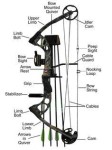
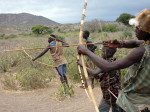
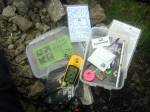
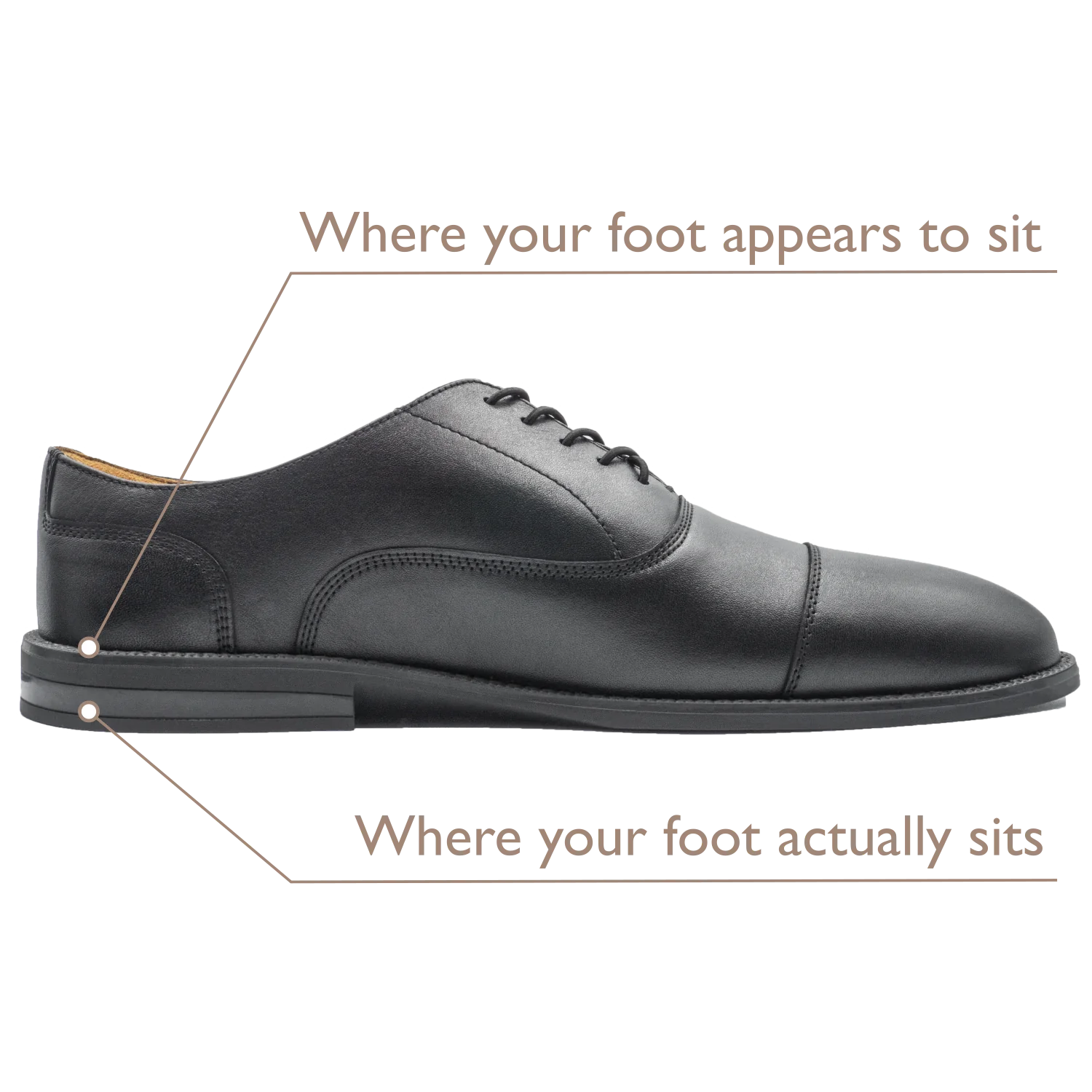
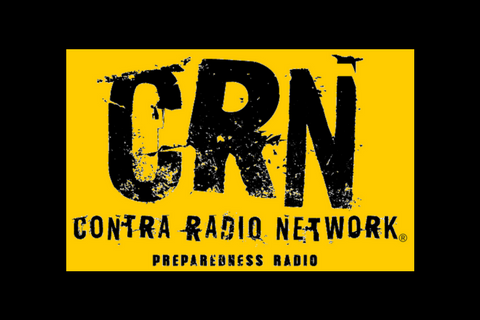






Follow Us!